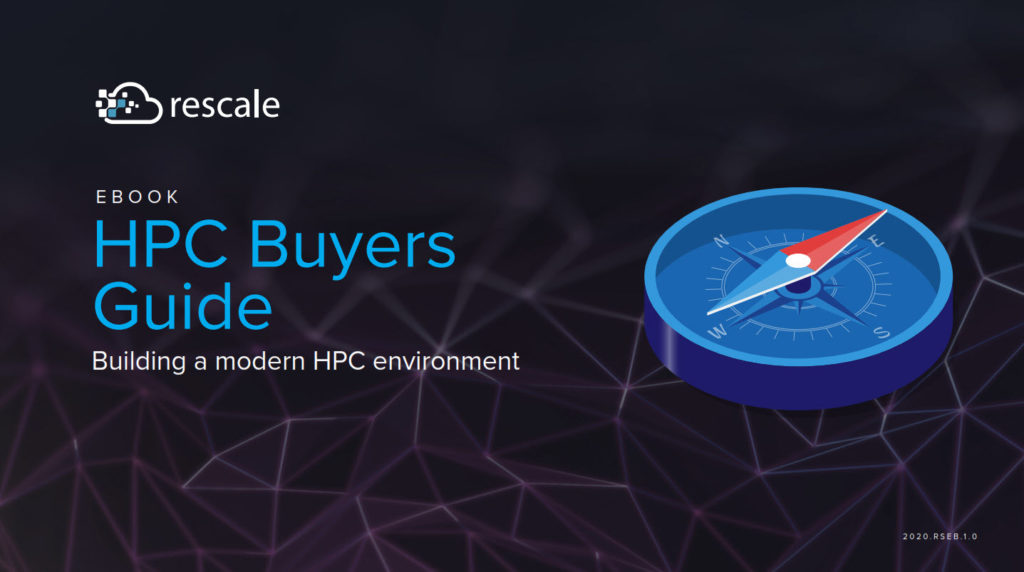 By Bill Wagner, CEO Bright Computing
By Bill Wagner, CEO Bright Computing
The definition of “edge computing” has solidified as “compute at the network edge” and has become inextricably tied to IoT and 5G. Yet there’s a much bigger and broader reality of edge that organizations are now facing. While sensors and new apps that require low-latency compute certainly necessitate systems that live in close proximity (outside of public clouds and traditional data centers), the reality is, new compute-intensive / data-intensive apps in machine learning and analytics are driving the need for organizations to have a growing number of high-performance clusters in an expanding number of physical locations, as well as in the public cloud. With compute and systems destined to become increasingly decentralized in this way, the notion of the edge being an outlier to some dominant central computing infrastructure overlord will quickly become dated.
The edge will become a peer location (in terms of importance and consideration) for computing infrastructure to the on-premise and public options that exist today. In the midst of this, provisioning and managing compute resources―from small edge compute footprints to full-blown high-performance clusters―across multiple distributed locations requires many steps spanning compute, networking, and storage that can leave organizations with siloed systems managed by multiple people using a collection of disparate tools. The impact of this on resource effectiveness and staff efficiency will become a sore point for organizations.
Cloud providers are rushing to address this challenge by layering their familiar cloud interfaces on top of local (edge) compute instances and even your on-premise infrastructure, giving organizations a unified approach and interface to servicing their “edge-to-core-to-cloud” computing needs. While this initially sounds like an easy and elegant solution, the consequence of this approach is ultimately having your data locked into the cloud provider’s platform when you consider the cost and effort of getting your data back if you choose to leave. Think of the old Black Flag Roach Motel commercials, but instead of roaches, “your data checks-in, but it doesn’t check-out”.
Bright offers an alternative approach to unifying your computing infrastructure from edge-to-core-to-cloud that allows you to choose the vendors, technologies, and cloud providers that you want, while most importantly, giving you control over data sovereignty. Bright software automates provisioning, configuration, and management of compute in your data center, the public cloud, and at distributed “edge” locations through a single interface that abstracts the underlying differences of server vendors and cloud providers. Bright images your servers for the applications you want to run, sets-up networking, security, storage, and user directories, and configures Kubernetes or your preferred HPC workload management system for you.
As the edge emerges, diverges, and eventually converges, organizations that plan their infrastructure with an understanding of how this will all settle in will have a distinct advantage over those that take a piecemeal approach.
Bright Computing software helps organizations manage complex, distributed computing environments that combine on-premises systems with public cloud and edge computing to unlock the potential of real-time machine learning for their business. Designed with platform independence in mind, Bright Computing’s automation software supports modern GPU-accelerated systems and reduced-power Arm-based architectures in conjunction with traditional x86-based systems, maximizing flexibility and eliminating complexity. Trusted by industry leaders of the Fortune 500 and leading data center equipment manufacturers to automate building and managing distributed high-performance clusters, Bright Computing enables enterprises to quickly and efficiently establish AI-ready and IoT-ready infrastructure to support their digital transformation.



